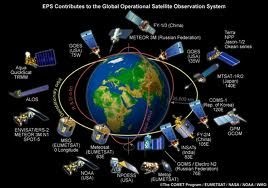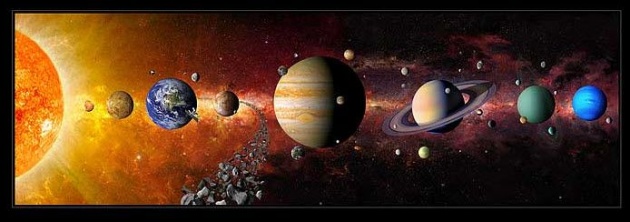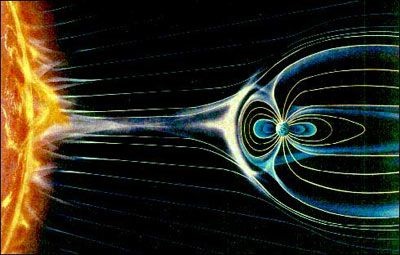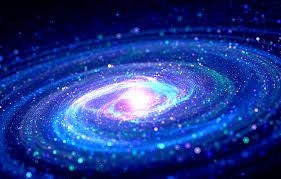SPACE AND SOLAR SYSTEM
(PART 10)
In the previous lecture we have study about the space and the solar system briefly as well as some characteristics of the Sun, which is having central or main position in the solar system. We can also say the source of Energy for other planets or for the world. We will discuss other benefits or characteristics of The Sun.

SUN’S ROLE IN THE SOLAR SYSTEM
One major fact is that the sun is having Gravitational pull or force of Gravity, with the help of which all other planets are holds in the solar system together. All the planets are moving around the sun due to the Gravitational pull, without gravitational pull there is no possibility of the arrangement of this universe or we can say that their will be no arrangement of the planets in this solar system. The planets, asteroids, comets and dust that make up our solar system are strongly attracted to the Sun’s huge mass with the help of this force of Gravity.

All the planets are attracted towards the Sun due to the force gravity and all the planets are strictly abundant in the orbits due to this force of gravity. Force of attraction keeps these bodies in orbit around the Sun. the sun and influences the solar system with its diffuse outer atmosphere, which expands outward in all directions. This expanding atmosphere fills the solar system with a constant flow of tiny, fast electrically charged particles. This flow is called The Solar Wind.

The flow outward from the sun is called The Solar Wind and this Solar wind carries remnants of the Sun’s magnetic field which affect the magnetic fields of the planets and large satellites in the solar system. The solar wind pushes the planets magnetic fields away from the sun, turning them into elongated windsock shapes.
Up till now we conclude that the sun extremely important for earth and to our solar system in which other planets are present, but on the scale of the galaxy and the universe the sun is just an average star. It is one of hundreds of billions of stars in our galaxy the MILKY WAY which is just one of more than 100 billion galaxies in the observable universe.
THE SUN’S PLACE IN THE MILKY WAY
We have defined that The Milky Way galaxy contains about 100 billion of stars. All these stars and the gas and dust between them are rotating about a galactic center. The Stars that are farther away from the center move at slower speeds and take longer to go around it.

One more important thing is that The Sun is located in the outer part of the galaxy, distance of 2.6 x 1017 km from the center. The Sun is moving around the centre with the velocity of 220 km/s takes 250 million years to complete one journey around the centre of the galaxy. The sun has circled the galaxy more than 18 times during its 4.6 billion year lifetime.
That was all about today’s lecture. The characteristics and importance of Sun for the Earth and other planets will be continued in the next lecture.



